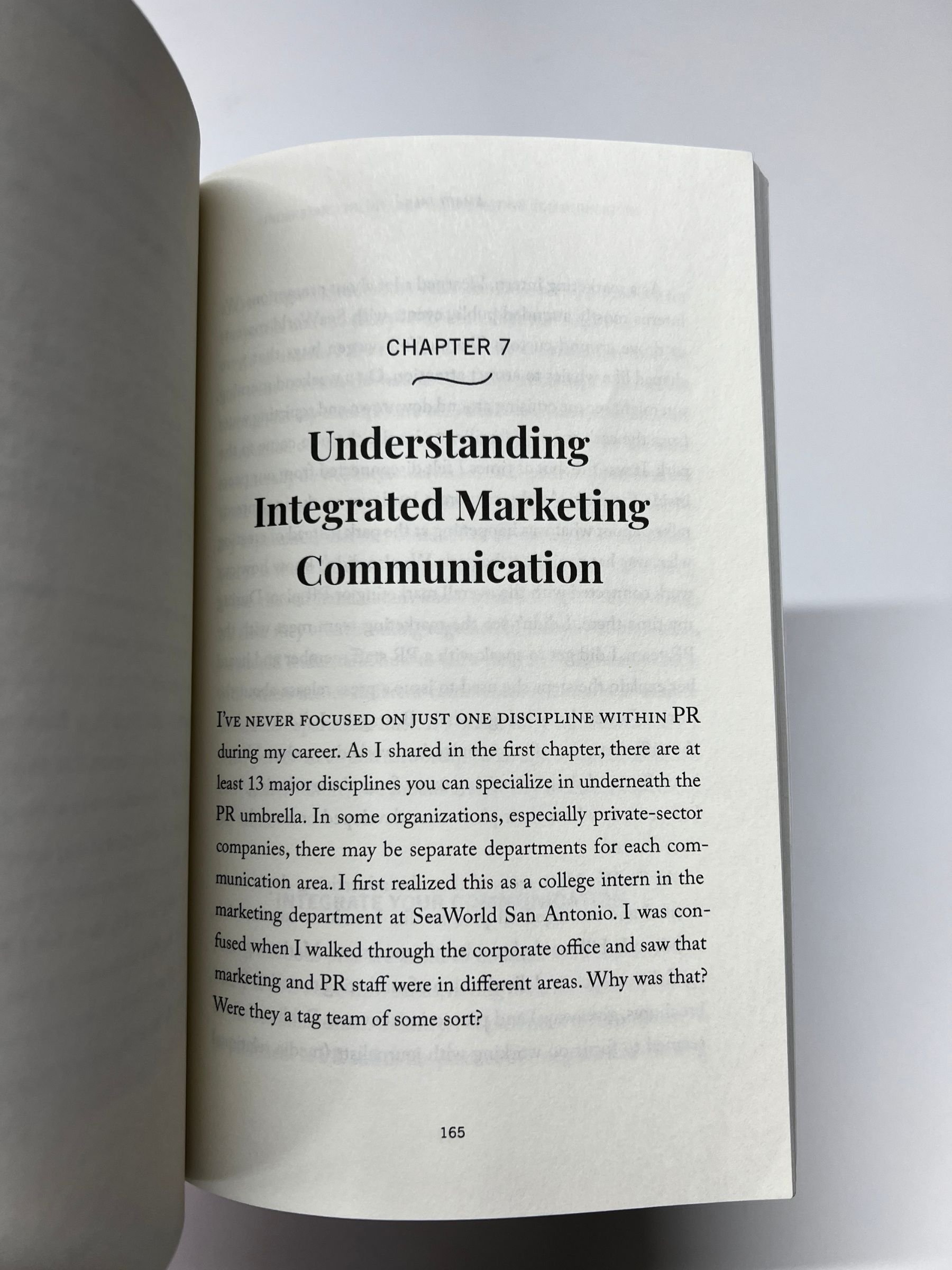Book Sneak Peek: Think 360
I value the feedback I’m getting from readers of my book, Smart Talk: Public Relations Essentials All Pros Should Know. If you know me, I want to share everything I can about a topic. Sometimes all at once! In that spirit, some of the fan favorites from each chapter will be shared in this Sneak Peek blog series. Read on for a gem from each chapter.
In Chapter 7, “Understanding Integrated Marketing Communications,” I introduce the framework my firm, MVW Communications, uses for our 360-degree approach to planning. Read this excerpt with my ideas on planning below. For more important details, order your own copy on Amazon or purchase an autographed copy here.
Think 360 Around a Message
What’s the story you’re trying to tell? Nail that down and develop a plan. Then bring it to life across the most important parts of the paid, earned, shared, and owned communication options. Determine which tactics must be used based on which channels your target publics use, the budget, and your capacity of time to execute them.
When I think about integrated marketing communication, I imagine a communication wheel like the illustration below. This communication wheel is how my company, MVW Communications, describes our 360-degree approach to planning. First, we develop a communication plan. We determine our goal, objectives, and core message. Then, we recommend how that message or campaign story should be communicated. Our plans always include PR strategies and tactics because thinking people-first and building relationships is always a smart approach. But if you look at this wheel, every spoke on it plays an important part.
Let’s imagine our plan included communicating the grand opening of a new museum. That museum should have:
A brand identity: A name, logo, etc.
An advertising budget: To guarantee announcement of the opening to targeted audiences.
Partnerships: To garner support from organizations that could cross-promote the opening.
A special event: Groundbreaking, hard-hat tours, ribbon cutting, etc.
Community relations: Working with stakeholders like neighboring community members who could support or oppose the building of the museum.
Social media: Creating organic/unpaid official pages on social media and preparing to advertise through the platforms to support special events, etc.
Media relations: Pitching story ideas to journalists related to the opening of the museum, its leadership, and other angles.
Stakeholder engagement: Working with museum advisory members, board members, or other individuals whose connection to the museum is influential.
Website: Creating a website with up-to-date information on the museum, its leadership, how to donate to it, when it’s opening, etc.
While the PESO model offers a multitude of options, I’ve seen that sometimes that can be overwhelming to clients. Perhaps there’s not time or budget to tackle all the tactics. Our integrated communication wheel focuses on the most impactful fundamentals of what has proven helpful in most campaign scenarios. Prioritizing which media types you use in which order is a strategic way to use communication types effectively. Typically, a client who is looking to leverage relationships and has a tight budget does well focusing on their communication channels in this order: owned, shared, earned, and paid.
—
For more guidance, other PR pro’s opinions, important real-world key terms and hard-learned lessons, get your copy of Smart Talk: Public Relations Essentials All Pros Should Know. Audiobook now available!




